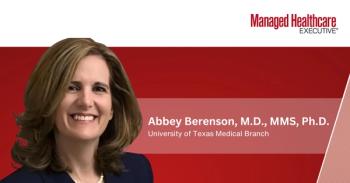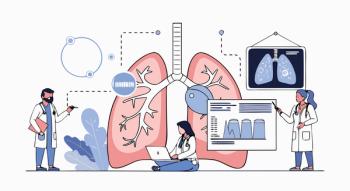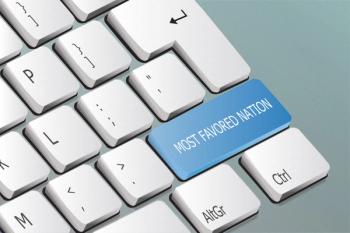
Top online resources patients are using to aid in healthcare
A poll by Morning Consult on behalf of University of Phoenix, has revealing results about online health resources.
Americans are turning to online health resources, like WebMD, as a substitute for primary healthcare, according to a new poll.
This poll, conducted by Morning Consult on behalf of University of Phoenix, of more than 2,200 U.S. adults, found that nearly two-thirds (59%) of Americans are turning to online health resources.
The survey results provide insights on what healthcare services U.S. adults use, what services they prefer to use, and how they are taking control of their own healthcare management.
The top online resources patients are using
Although WebMD and resources like it seem to be preferred by patients, other healthcare technologies are not being embraced at a higher rate, according to the poll. Just a quarter of Americans who have access to health technology use resources such as e-prescription filing services (26%), online health records (25%), and online appointment booking services (15%).
SavronThe industry at large has seen a shift to a patient-centered, quality-of-care model that utilizes technology at a higher rate as a way of gaining efficiencies in operations and increasing engagement with patients, says says Doris Savron, executive dean, University of Phoenix College of Health Professions.
“Still, technology is only one piece of the puzzle,” she says. “While technology offerings remain important to the patient experience, healthcare providers’ interpersonal skills continue to be the most important factor in ensuring a quality healthcare experience.”
Health IT and generational differences
The role technology plays in the patient experience continues to vary in importance between generations.
For respondents aged 18 to 29 years, 37% say they would like to have access to online health records; 37% would like to have access to online appointment booking services (37%); 22% would like to have access to online chat capabilities (22%); 37% would like access to text message appointment reminders; and 35% would like to have access to e-prescription filing services.
Four lessons for MCOs
Managed care executives should always keep
- Provide technologies that will be most impactful to your patients and your care teams. Options like patient portals, apps and chat features can minimize costs for both patients and care teams while improving patient outcomes.
- Leverage data collected through electronic health records and technological platforms to understand patient needs and continue to provide higher-quality care in the most efficient, effective way.
- Ensure or provide an opportunity for your clinical teams to acquire and update their skills needed to understand and utilize healthcare technology platforms efficiently and effectively.
- Provide on-site opportunities for staff to assess and develop their listening and communication skills to improve bedside manner.
Disease management implications
To take full advantage of the resources available in our health system today, patients must be able to access emerging healthcare technologies, says Savron.
“This is particularly important for members of our population who live in rural areas or have other circumstances preventing them from accessing traditional care, and for the age 18 to 29 year-old population who continues to want increased access to healthcare technology,” she says.
According to the poll, only a third of U.S. adults have access to healthcare technology like e-prescription filing services (39%), online access to health records (37%), online appointment booking services (27%) and online chat capabilities (17%).
“We know that regular interactions with members of the healthcare team can improve adherence and drive positive outcomes for patients, particularly those with chronic conditions,” Savron says. “Healthcare technologies like e-visits and online portals can remove burden from patients and help them feel more empowered in the care process.
“The study shows that though we’re moving toward integrating more technology in healthcare delivery and in the health system, these new tools may not be trickling down to patients,” she says. “And as costs rise across the health system, patients may need access to these technologies now more than ever to address their concerns of rising healthcare costs.”
Newsletter
Get the latest industry news, event updates, and more from Managed healthcare Executive.



















































